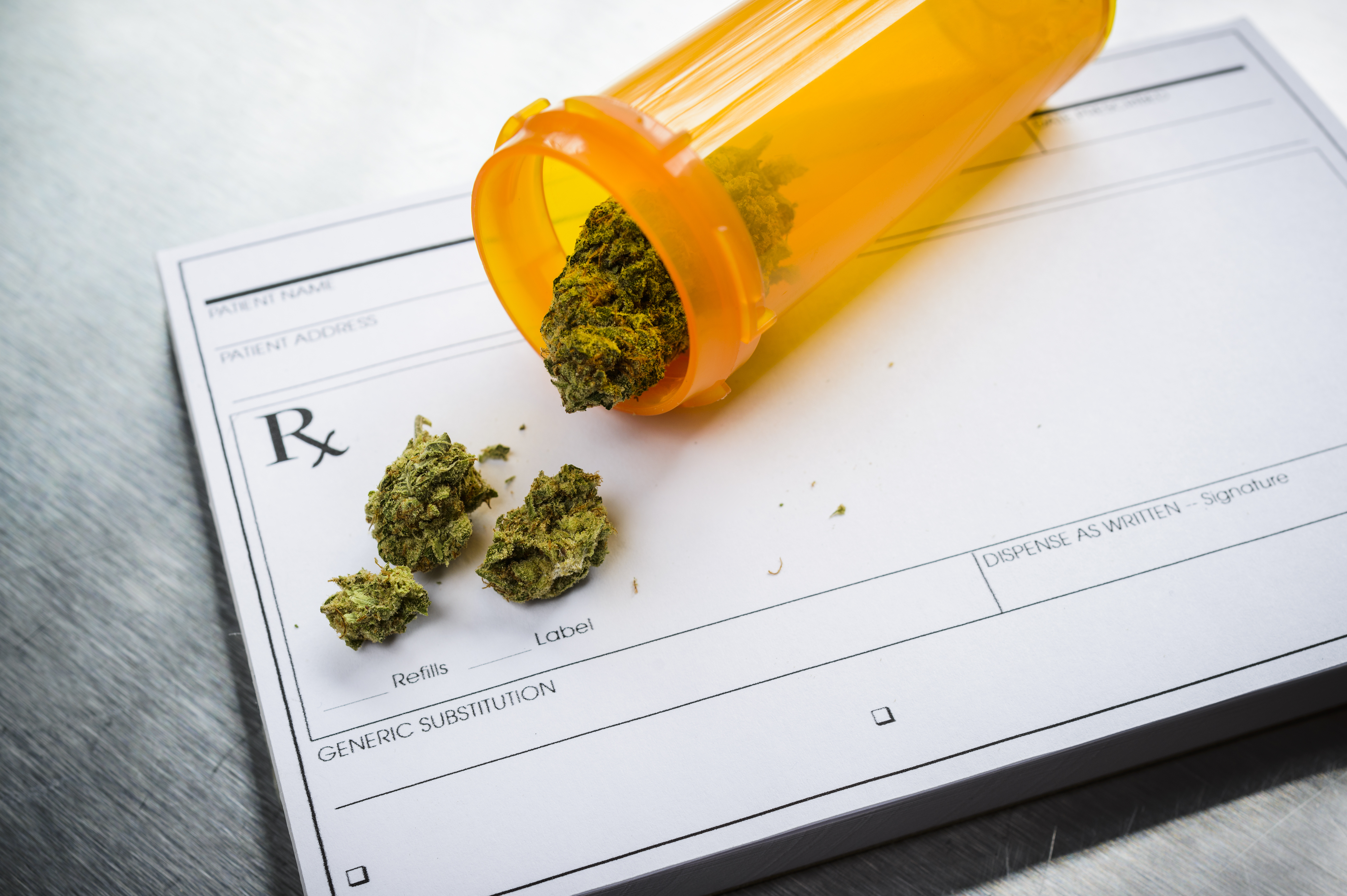Some medical cannabis users drive under the influence

In a sample of 790 adults taking medical cannabis for chronic pain, more than half reported driving under the influence of cannabis within 2 hours of using it at least once in the last 6 months.
Furthermore, driving under the influence of cannabis while “very high” was reported by more than 20% of the sample, according to the Drug & Alcohol Dependence article.
“More and more states are legalizing marijuana, for medical and/or recreational purposes. As access to legal marijuana increases, we need research that examines the potential benefits and risks of using marijuana,” Erin E. Bonar, PhD, assistant professor and licensed clinical psychologist at the Addiction Center, department of psychiatry, University of Michigan, told Healio Psychiatry.
“Research that seeks to understand some of these risks — including impaired driving related to using marijuana — is critically needed to inform policies and guidelines given to consumers who may use marijuana for medical or recreational reasons,” she said.

Researchers examined past 6-month frequency of driving under the influence of cannabis among adult medical cannabis users seeking medical cannabis certification or recertification for moderate/severe pain. Participants were recruited from medical cannabis clinics in Michigan between February 2014 and June 2015. Using surveys, the researchers measured participants’ frequency of driving within 2 hours of using marijuana, driving while a “little high” and driving while “very high,” as well as background factors such as demographics, alcohol use and opioid use.
Overall, 56.4% of patients with chronic pain in this sample drove within 2 hours of using cannabis, 50.5% drove while “a little high” and 21.1% drove while “very high” in the past 6-month period, according to the results. Furthermore, 21.6% of the sample drove within 2 hours of cannabis use, 18.7% drove while “a little high” and 7.2% drove while “very high” 10 times or more over the past 6-month period.
When examining demographics, analyses revealed that white participants were more likely to drive under the influence of cannabis within 2 hours or while “a little high,” and that younger people were more likely to drive under the influence. The investigators found that of the 29 participants who reported a lifetime arrest for driving under the influence of cannabis, 69% reported driving after using cannabis in the past 6 months.
According to the data, higher pain scores were linked to lower odds of driving under the influence of cannabis.
In 2017, the Substance Abuse and Mental Health Service Administration reported 4.3% of people aged 16 and older from the U.S. drove after using cannabis in the past year; therefore the past 6-month prevalence of driving under the influence of medical cannabis in this sample “is concerning,” according to Bonar and colleagues.
“For those clinicians who might recommend that their patients use medical marijuana, or who learn their patients are using marijuana for any reason, we would recommend that they provide a cautious and caring message to these patients urging them avoid driving after using marijuana and to find other safe ways of getting around,” Bonar told Healio Psychiatry.
In a press release, Bonar said more research is needed to educate the public about the potential risks of driving while under the influence of cannabis, especially during this time of policy change regarding marijuana legalization. Better guidelines about marijuana dosing and side effects are needed as well, she said. – by Savannah Demko
Disclosure: The authors report no relevant financial disclosures.
